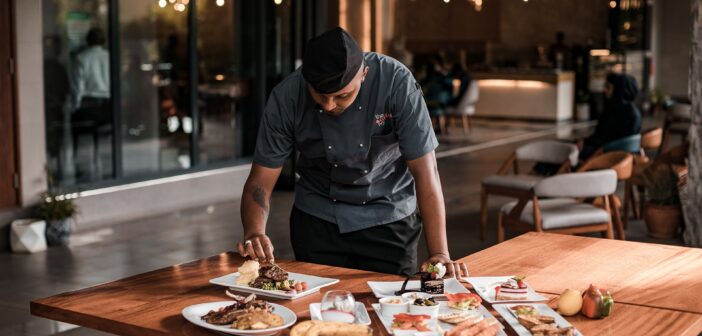The post was originally published in Russian on Startup of the Day. Alexander kindly agreed to republish what we think is of great value to our readers.
The cost of the ingredients comprises no more than 30% of the price of the meal at a classical restaurant. The rest covers the rent, the employees’ salaries, and the goods that get thrown away, – they spoil, and nobody can forecast the demand precisely.
Feastly, the American startup of the day, offers gourmets haute cuisine without those surcharges, directly from a chef. Its mechanic is your regular marketplace. The chef organizes the whole event themselves, finds a location, comes up with a menu, and determines the price. The guest goes to the website and chooses where they want to go, pays, and comes to enjoy the gastronomic delights on the negotiated date.
A standard dinner is 5-6 dishes, 80 dollars. This is obviously not the lowest price in town, but the startup insists that it tastes better than at other places with the same budget – less money goes to the landlords and greedy restaurant entrepreneurs, and more goes to the goods and the chef’s genius talent. Naturally, nobody ever conducted any blind tests, guests must subjectively like the fact that they have additionally hacked the system.
Feastly did not become super-successful. The timetable on the website displays about ten events per week, a dozen guests at each, and the startup’s fee is 10%. Doing the math, we see that the revenue doesn’t even reach 100 thousand dollars per year. Of course, Feastly also organizes parties for corporate clients – there may be more money in it, but that’s not a startup anymore – regular catering. On the other hand, it spent almost nothing by American standards: the company spent only USD 1.5M in five years of its existence. NowFeastly got sold, the amount of the deal wasn’t announced, and the new owner promised not to shut down the project.
––
This is a rerun from late 2018. The buyer kept their promise and didn’t shut down the project, instead they integrated it with their website. However, the business model didn’t demonstrate any progress in four years. As of now, the timetable displays even less than ten dinners per week. Over half of them are by the same chef.
Translation: Kostiantyn Tupikov

Kostiantyn is a freelance writer from Crimea but based in Lviv. He loves writing about IT and high tech because those topics are always upbeat and he’s an inherent optimist!





